👋 Great designs start with great feedback. That’s what Workflow is built for. Start today.
Home - The UX equipment you need as a designer
The UX equipment you need as a designer
If you want to run a UX project, you need UX equipment. It is as easy as that. You need a laptop, a monitor, and maybe even an entire home office setup.
- Updated on August 30, 2024
Table of Contents 💡
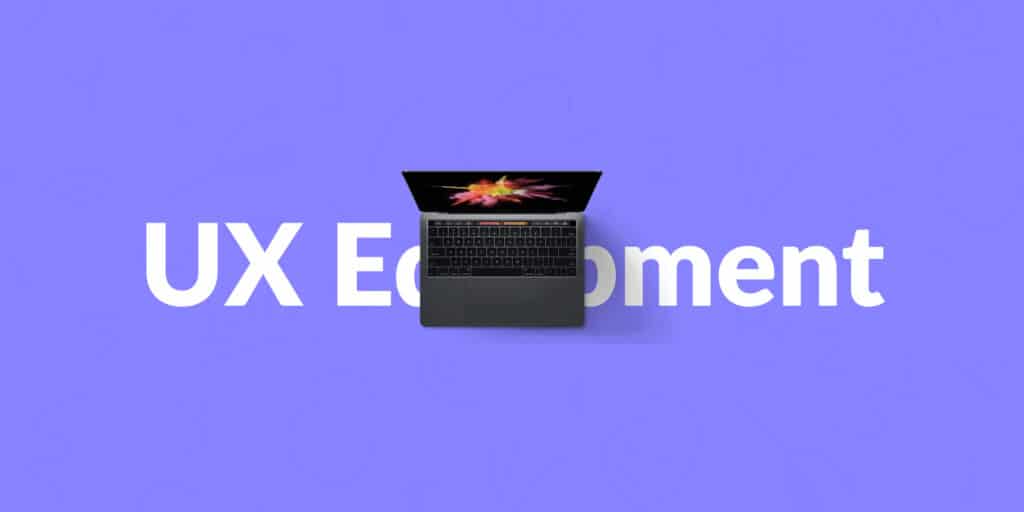
In this post, we’re going to take a step-by-step approach to getting you all the design equipment you require to do a great job as a UX designer. Let’s start with my current setup.

My setup as a senior UX designer
I’ve been in UX for close to 10 years now, and during that time, I’ve worked on many different machines, monitors, and design accessories.
In the picture above, you can see my current setup. It is a minimalistic setup with a laptop, monitor, and a standing desk. That’s all I need to run the UX projects I’m currently involved in.
Let’s take a closer look at my setup and what I recommend for entry-level designers as their first UX equipment.
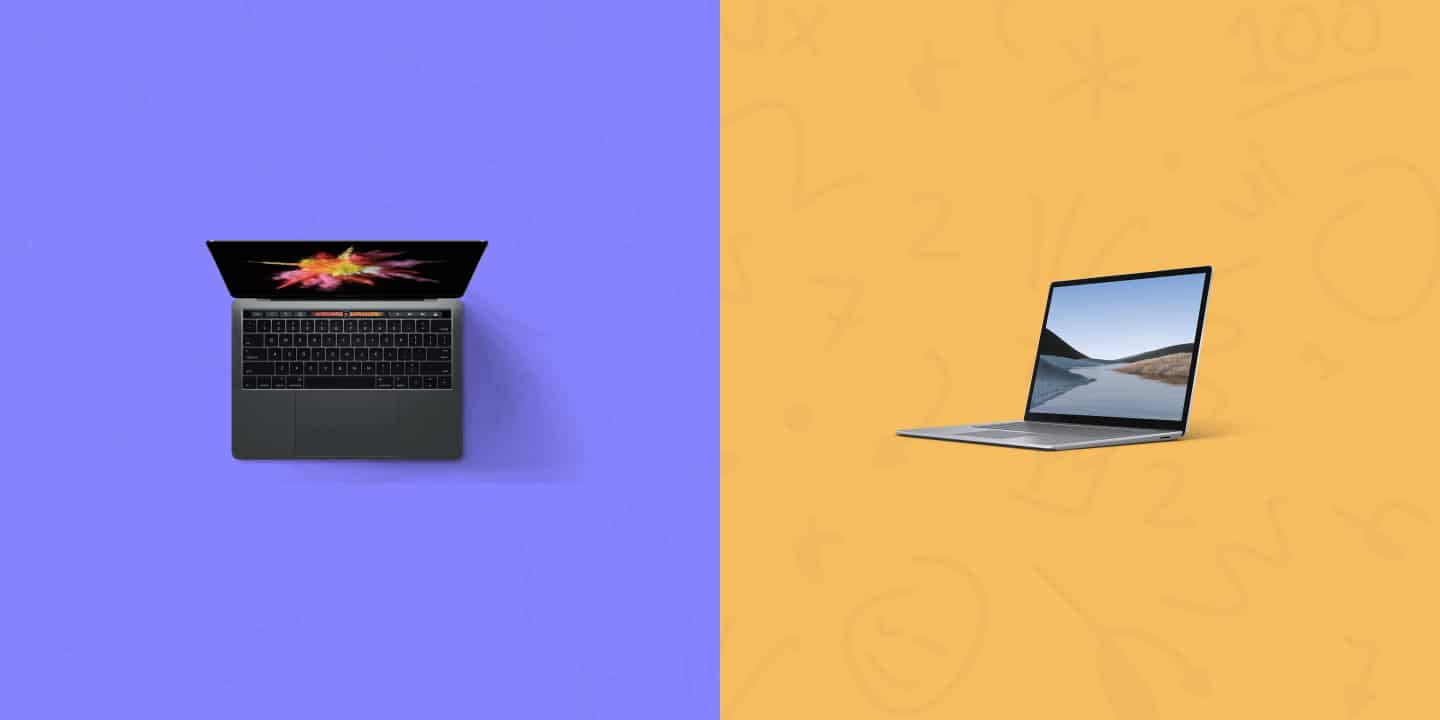
The best laptop for UX design in 2024
As a UX designer, the most important piece of equipment is your laptop. It needs to be able to run the latest design software during a full working day.
However, with so many laptops to choose from, picking the right one can be overwhelming. Here’s my advice for designers looking to get the best laptop for UX design in 2024.
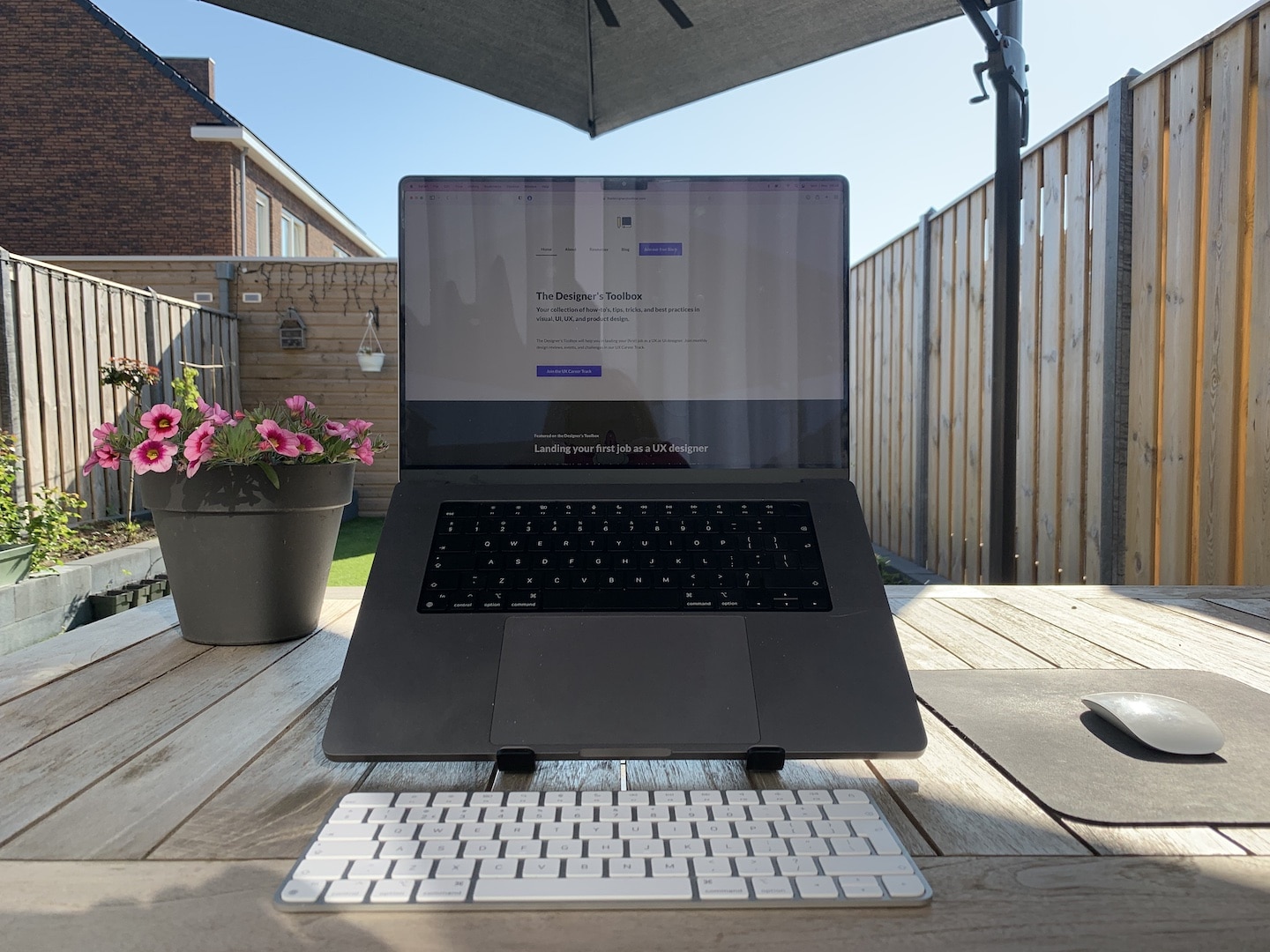
14-inch MacBook Pro
At the moment, I use a 14-inch MacBook Pro with the M1 Pro chip. I’ve used it for over a year now, and it has never let me down.
Here are some key facts to keep in mind.
- I prefer the 14-inch over the 16-inch. It is lighter, cheaper, and just as powerful as the 16-inch MacBook Pro.
- To make up for the smaller screen, I use a second monitor at home.
- You don’t need the ‘Max’ version of Apple’s chip. The ‘Pro’ version is more than enough for UX design.
The alternatives
Maybe the MacBook Pro is above your budget, or you prefer to work on Windows instead of macOS. Here’s what I recommend if that’s the case.
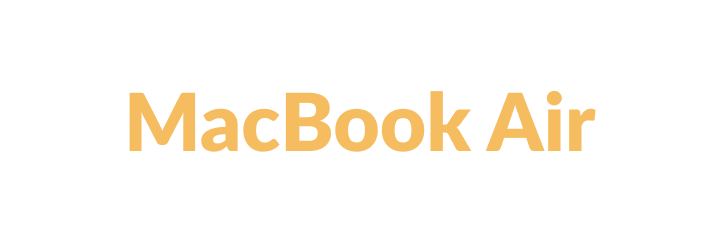
Pick the 15-inch MacBook Air if you’re on a budget.

Pick the Microsoft Surface Laptop if you prefer to use Windows.
The best monitor for UX design
Once you’ve selected your laptop, it is time to select a monitor. Choosing a good monitor for design work is a challenging task. You have to decide on a size, resolution, and color profile.
At the moment, I’m using an LG 34-inch ultrawide monitor. It perfectly supplements the smaller laptop I’m using. To keep the monitor within budget, I went for a 1440p resolution instead of a 4k or 5k resolution.
If you want to read more about resolutions, color profiles, and other requirements for monitors, I recommend reading my best monitor for UX design guide.
The alternatives
If you’re looking for something else in the monitor department, I recommend one of the following.
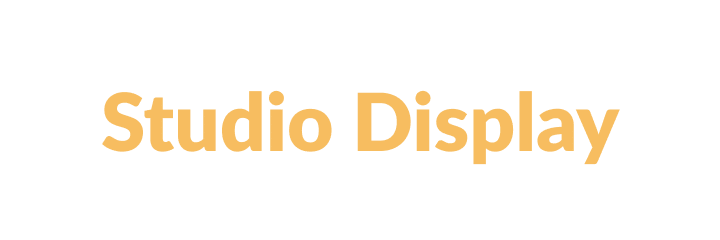
I’d pick the Apple Studio Display if I would upgrade to a better monitor today.

Pick the Samsung Smart Monitor M8 if you want a non-Apple smart monitor.
Accessories
With the two most important pieces of UX equipment settled, it is time to look at useful accessories next. Let’s start with the accessories I use.

As for my keyboard and mouse, I use the default Apple Magic Keyboard and Magic Mouse. I prefer to use as much hardware from the same manufacturer as possible. That compatibility is worth something.
Some people want to use mechanical keyboards and a trackpad. That’s fine, too. The keyboard and mouse are mostly up to personal preference.

I use a laptop stand to bring my laptop closer to my monitor’s height and improve my posture. The one I have allows me to adjust the angle, and that helps me to look straight at the camera. It makes me appear better on camera, too.
Frequently asked questions
This post focuses on selecting two pieces of UX equipment. These are the laptop and a monitor. And then there’s a long list of possible accessories. This can result in a lot of questions.
I’ll answer a few frequently asked design hardware-related questions here.
What is the best Mac for UX design?
The Macintosh has always been associated with design. And rightly so! Today’s Macs are fantastic machines for UX design.
The Mac I recommend is the 14-inch MacBook Pro. As I mentioned at the start of this post, it is the one I’ve been using for the last year.
I wrote a full article on picking the best Mac for UX design. With the long list of Macs available today, that one’s surely worth a read if you’re looking for a new Mac.
Are gaming laptops good for graphic design?
Yes! In almost any case, you can use gaming laptops for graphic design. However, the other way around works as well. That is because, in both cases, these laptops would require a powerful dedicated GPU.
If you have a gaming laptop, the chances are that it has a powerful GPU. That’s exactly what you need. This also applies to other forms of design, like video editing and UX design.
However, there is more. If you’re curious about that, I recommend reading my post on why gaming laptops are good for graphic design.
Can I use a tablet as a UX designer?
To give you a short answer. Yes, you can use a tablet for UX design. Tablets get better every year when companies like Apple and Microsoft release new versions of their tablets.
You only have to remember that you get a tablet with enough power and a big enough screen size. You can use Figma on any tablet. It will work just fine if you use a Bluetooth keyboard and mouse.
However, after using an iPad as my primary workstation for Figma for a while, I concluded that using a laptop works much better.
👋 Turn good design to great design, with feedback you actually need. Get it on Workflow.

About the author
Hi! I'm Nick Groeneveld, a senior designer from the Netherlands with experience in UX, visual design, and research. I'm a UX coach that supports other designers and have completed design projects in finance, tech, and the public sector.
☎️ Book a 1:1 mentor meeting or let's connect on LinkedIn and Twitter.



